Hosting a workplace safety meeting on active shooter response is an opportunity to discuss safety and security measures already in place and any site-specific details employees should know.
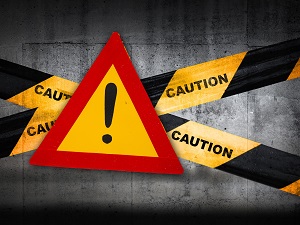
The deadliest workplace violence scenarios involve an active shooter, who is defined as someone that is "actively engaged in killing or attempting to kill people in a confined and populated area.“
Active shooter situations are unpredictable and evolve quickly. In most cases, active shooters use firearms and there may not be a pattern or method to their selection of victims. Typically, law enforcement personnel are the ones who stop the active shooter.
Because active shooter situations are often over within 10 to 15 minutes, employees must be prepared in advance, both mentally and physically.
All workers should be familiar with and know where to locate their organization’s emergency action plan specific to the facility or job site where they are currently working.
- Actively participate in any drills or training provided to become familiar with emergency protocols and exit routes.
- Become familiar with the floor plan of your facility to know where the closest two exits are to you at any time.
- Do your part to foster a respectful workplace.
- If you see suspicious activity, let an authority know immediately.
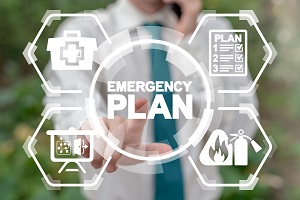
People typically do not just “snap”, but often display changes in behavior over time. It’s helpful if employees know the indicators and behaviors that might signal an increased risk for violence.
Particularly take note if there is a drastic change in behavior, the frequency and intensity of behavior becomes disruptive, or the person is exhibiting many of the warning signs, such as:
- increased or excessive use of alcohol and/or illegal drugs
- noticeable decrease in attention to personal hygiene
- depression, withdrawal or suicidal comments
- overreaction to company policies or persistent complaining about unfair treatment
- repeated violations of company policies
- paranoia, increased severe mood swings, or erratic emotional responses
- noticeably unstable, emotional responses
- explosive outbursts of rage
- increased talk about domestic or severe financial problems
- talk of previous incidents of violence and/or empathy with individuals committing violence
- obsession with firearms, dangerous weapons and violent crimes
The Department of Homeland Security advises all workers to remember this phrase: RUN, HIDE, FIGHT
If there is an active shooter situation in your workplace, these three words will help you determine the best way to protect your own life.
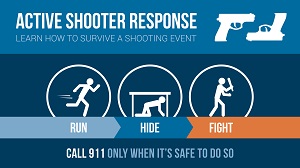
If you are able to safely evacuate the area and escape to safety, do so immediately. Getting away from the active shooter(s) should be your top priority. Prepare ahead of time. Have an escape route in mind. If you feel that you can safely evacuate, make the decision for yourself and run to safety, regardless of whether others agree to follow at that moment. Leave everything behind. Do not go back for any of your personal items, it isn’t worth it. Call 911 when you are safe and provide as much information as you can.
If you cannot safely evacuate, quickly find a place to hide. If you are in a room, lock the door and block it with anything available that is heavy. Close blinds and turn off the lights. Silence your cell phone and remain quiet. You can attempt to communicate with police silently via text messaging. Stay in place until law enforcement arrives to let you know it is safe to leave.
As a last resort, and only if your life is in immediate danger, attempt to take action against the active shooter and defend yourself. Commit to your actions and act aggressively to stop the shooter. Attempt to incapacitate the shooter by throwing items, improvising weapons and yelling.
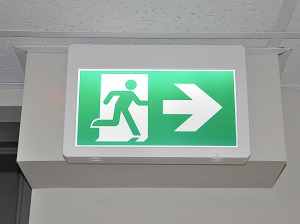
When law enforcement arrives, they will typically proceed directly to the area where the last shots were heard in an effort to stop the active shooter as soon as possible. Officers may shout commands and may push individuals to the ground for their safety.
Understand that the first priority of law enforcement is to end the active shooting incident and when they arrive, they may have to pass injured personnel along the way. Remain calm, and follow any instructions given by the officers. If you have any items in your hands, put them down and raise your hands in the air, keeping your hands visible at all times.
Avoid making quick movements towards the officers, like attempting to grab onto police officers for safety. Once you have arrived at a safe location or assembly point, do not leave until law enforcement have instructed you to do so. They may want to identify and question witnesses.
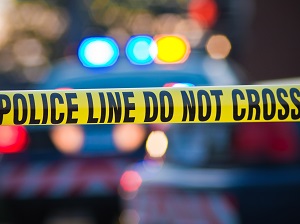

.jpg)
